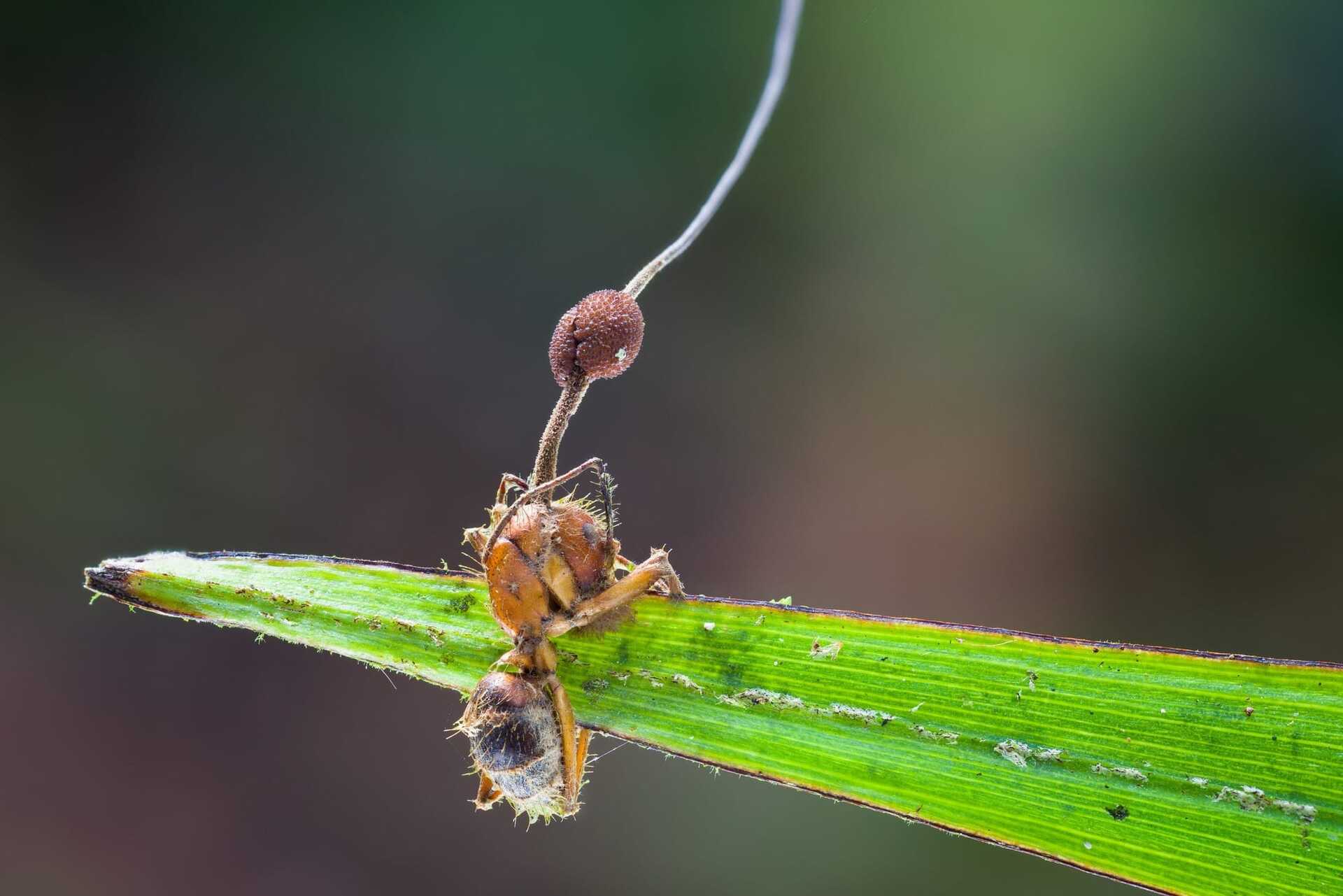The following is a guest post by Michael Werner, a biology professor at the Unviersity of Utah. Werner shares this newsletter’s passion for communicating about science through the lens of science fiction, and he recently spoke with two fungal scientists in his department to discuss the popular HBO show ‘The Last of Us’. For more of Werner’s work, check out www.werner-lab.org.
***
The premise of the hit HBO show ‘The Last of Us,’ based on the popular video game with the same name, is that a fungal disease turns people into raving mushroom zombies. Admittedly, that sounds like it would target a narrow audience. But like all good sci-fi, The Last of Us, which returns for its second season in 2025, uses a fictional backdrop as a vehicle to illuminate the human condition. Also like most good sci-fi, there’s a fascinating scientific basis to it.
To help unpack that science, I recently sat down with two fellow biologists from the University of Utah: Jessica Brown, who studies a pathogenic fungus called Cryptococcus neoformans, and Bryn Dentinger, who leads a research program using molecular tools to study fungal diversity. We discussed what the show got right, what it got wrong, and the ultimate question: Could a mind-controlling fungal pandemic actually happen?
The following conversation has been edited for clarity and brevity:
Join the Important Membership to read the rest.
Members get access to every essay from The Science of Fiction -- and everything else we make, too.
Start Your 30 Day Free TrialBenefits include:
- Your choice of our critically-acclaimed newsletters, essays, and podcasts
- A welcome sticker pack!
- Ad-free everything
- Your WCID profile: Track and favorite your actions while you connect with other Shit Givers
- Vibe Check: Our news homepage, curated daily just for you. Never doomscroll again
- Lifetime thanks for directly supporting our work


